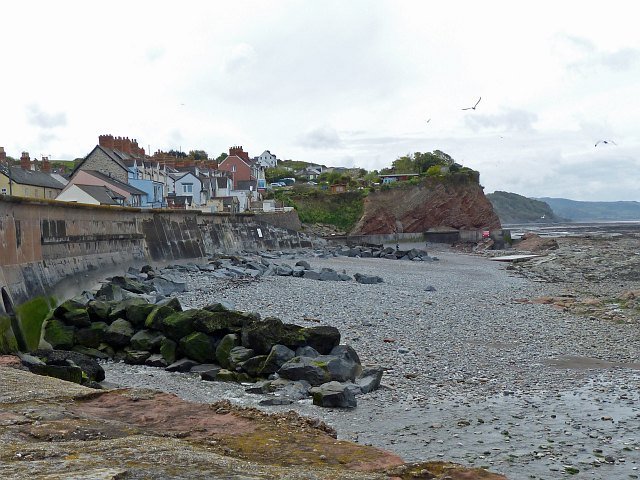Imagine stepping out onto a sunlit plain where gentle winds ruffle tall grasses, wildflowers sway, and herds of ancient animals wander peacefully. Now, picture that same land vanished beneath the rippling blue waves of the Baltic Sea. It’s almost impossible to believe, but not so long ago, the bustling Danish capital of Copenhagen—and much of the surrounding region—wasn’t a city by the sea at all. It was a vast, green meadow teeming with life. The story of how this transformation happened is both awe-inspiring and haunting, echoing with the voices of vanished worlds and shifting continents. Let’s journey together into Copenhagen’s drowned past, where meadows became ocean, and the secrets of ancient landscapes sleep beneath the waves.
The Forgotten Meadows Beneath the Waves
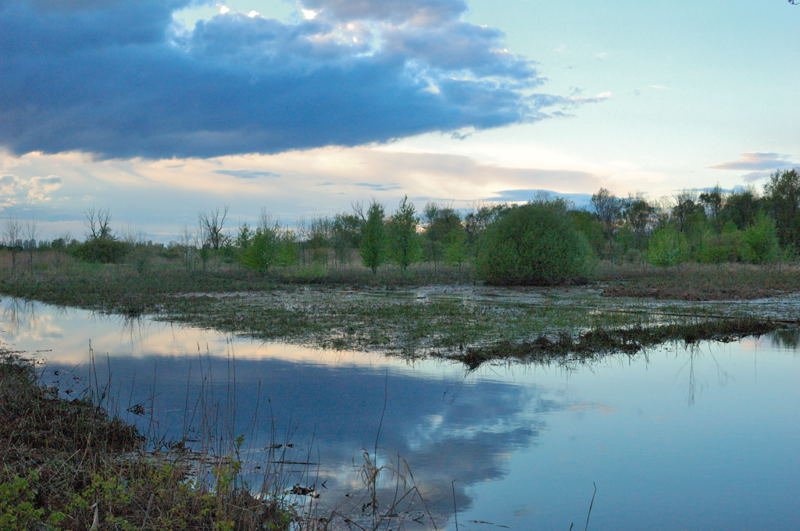
It’s almost magical to think that under the calm surface of today’s Baltic Sea lies a whole world that once breathed fresh air and saw sunlight. Scientists have uncovered evidence of ancient riverbeds, forests, and even traces of human activity on the seafloor. These meadows were alive with plants, animals, and perhaps early humans roaming freely. It’s a reminder that landscapes can disappear, not by time alone, but by dramatic swings in Earth’s climate and geography. The realization that Copenhagen’s present coastline was once lush pastureland is both shocking and humbling. The hidden meadows beneath the sea remind us how easily the world can change, often without warning.
Tracing the Ice Age Legacy
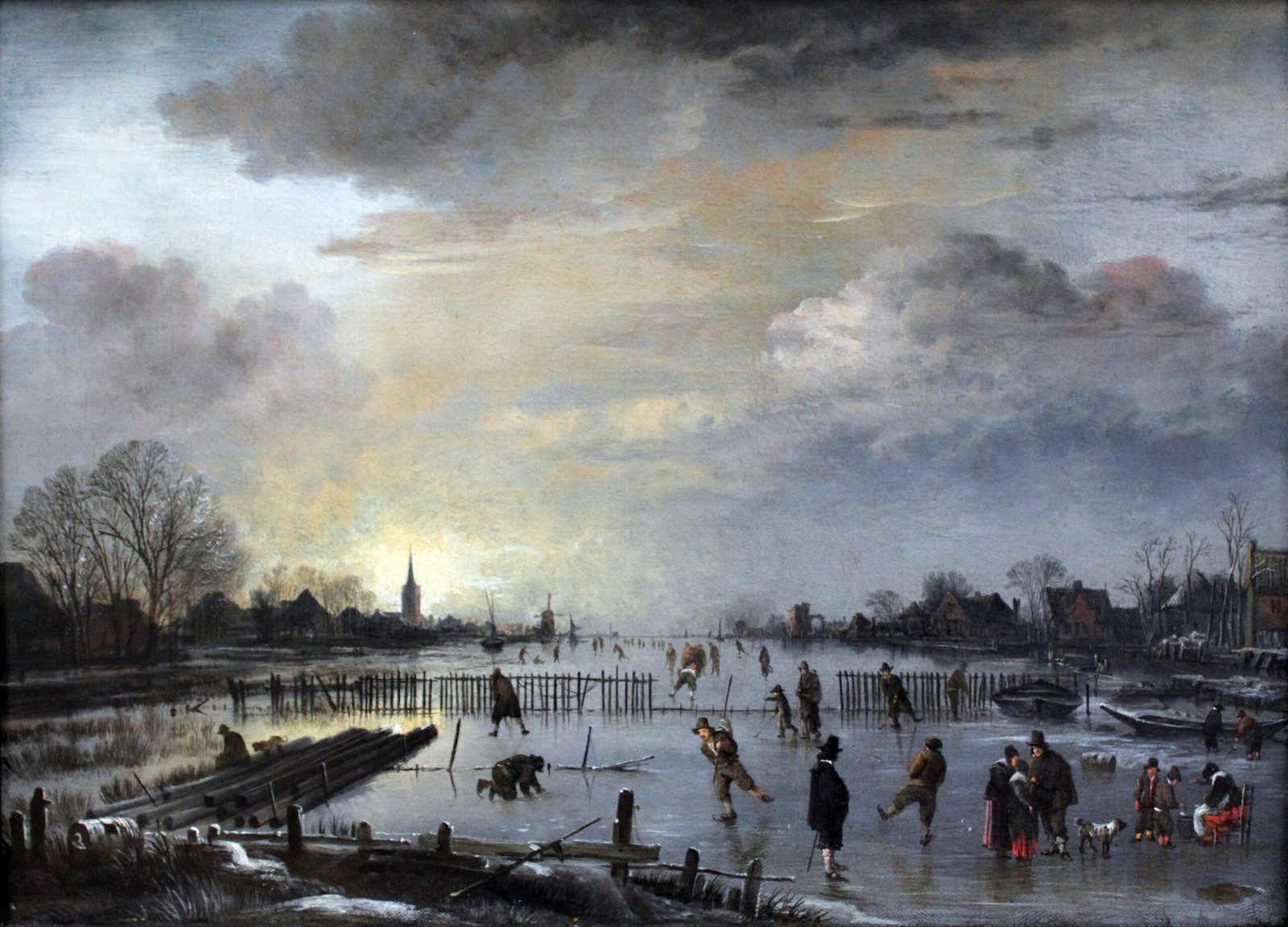
The story of Copenhagen’s submerged past begins during the last Ice Age, when glaciers covered much of northern Europe. As these colossal ice sheets advanced and retreated, they carved out the land, sculpting valleys and hills that still shape the region. When the ice finally melted—about 10,000 years ago—it released an unbelievable amount of water into the landscape. But before the sea claimed it, this newly exposed land was a cold, windswept steppe, gradually warming and greening as the climate shifted. The legacy of the Ice Age is still written into the rocks and sediments beneath modern Copenhagen, telling a silent story of change.
When Animals Ruled the Ancient Plains

Long before the city’s towers rose above the skyline, herds of reindeer, wild horses, and even mammoths wandered the meadows where the Baltic now laps. Fossil evidence shows that this region was once a highway for migrating animals, drawn by the rich grasses and the promise of water from meandering streams. Wolves and bears prowled the edges, while birds filled the air with their calls. This astonishing variety of life thrived on what is now the seafloor, painting a vibrant picture of an ecosystem that few imagine when gazing out at the Baltic’s gray-green waves.
Early Humans on the Edge of the Sea
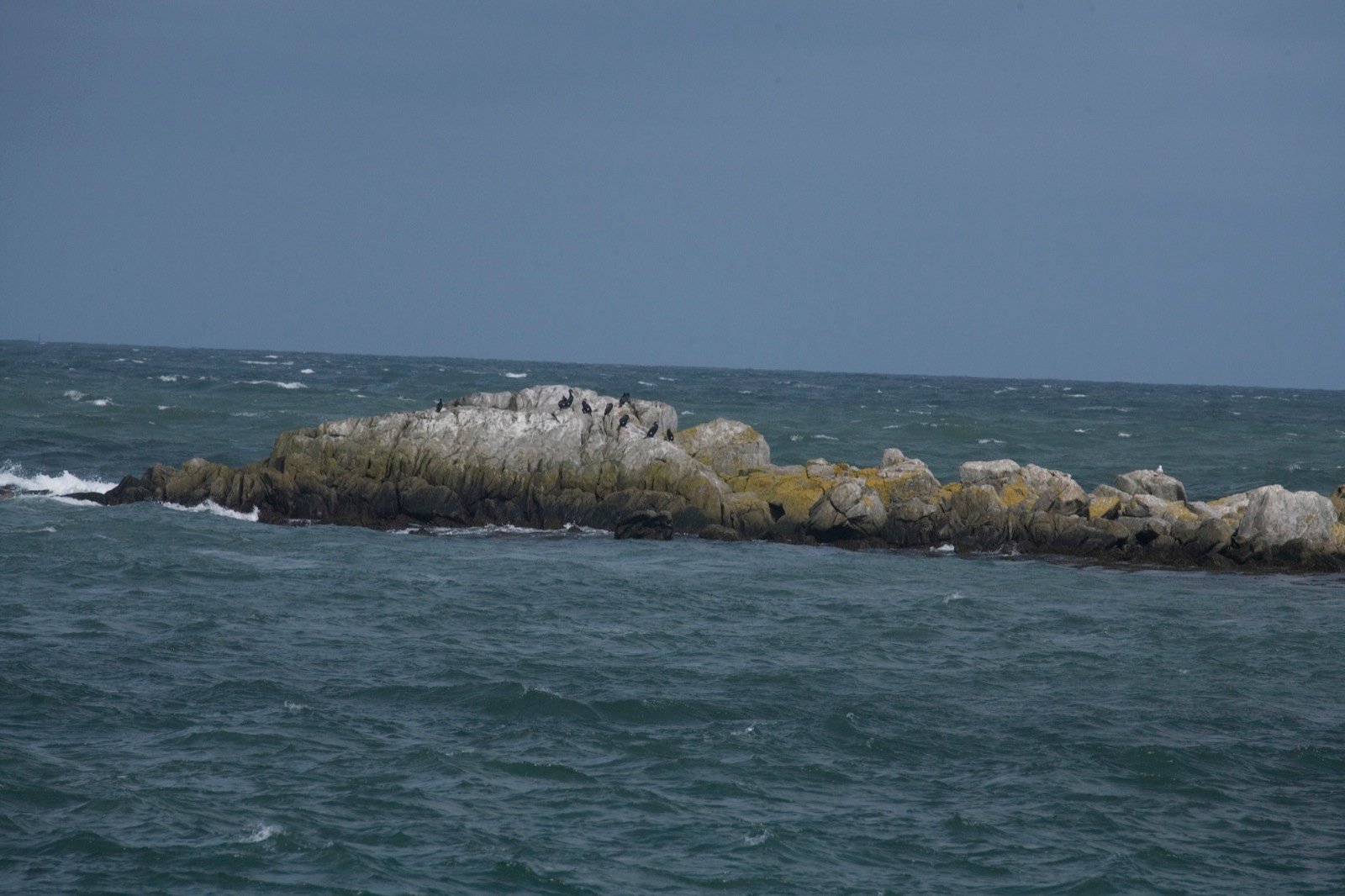
It wasn’t just animals that called this place home. Archaeologists have found stone tools, hearths, and even wooden structures beneath the current Baltic waves, left behind by some of the earliest people to live in northern Europe. These ancestors hunted, fished, and gathered plants on the edge of the ancient meadow, adapting to the shifting environment with remarkable creativity. The idea that families once built fires and shared meals where ships now sail is both moving and mysterious. What stories did these early people tell as the world around them began to change forever?
The Great Melt: How the Sea Claimed the Land

The transformation from meadow to sea didn’t happen overnight, but it was swift in geological terms. As the last Ice Age ended, melting glaciers caused global sea levels to rise dramatically. Ancient rivers flooded, marshes expanded, and the low-lying meadows around what is now Copenhagen slowly disappeared under water. This was not a gentle process—violent storms, rushing currents, and collapsing riverbanks marked the end of the land. To imagine standing on solid ground and watching the sea swallow it day by day is both terrifying and awe-inspiring.
Underwater Time Capsules: Secrets in the Sediment
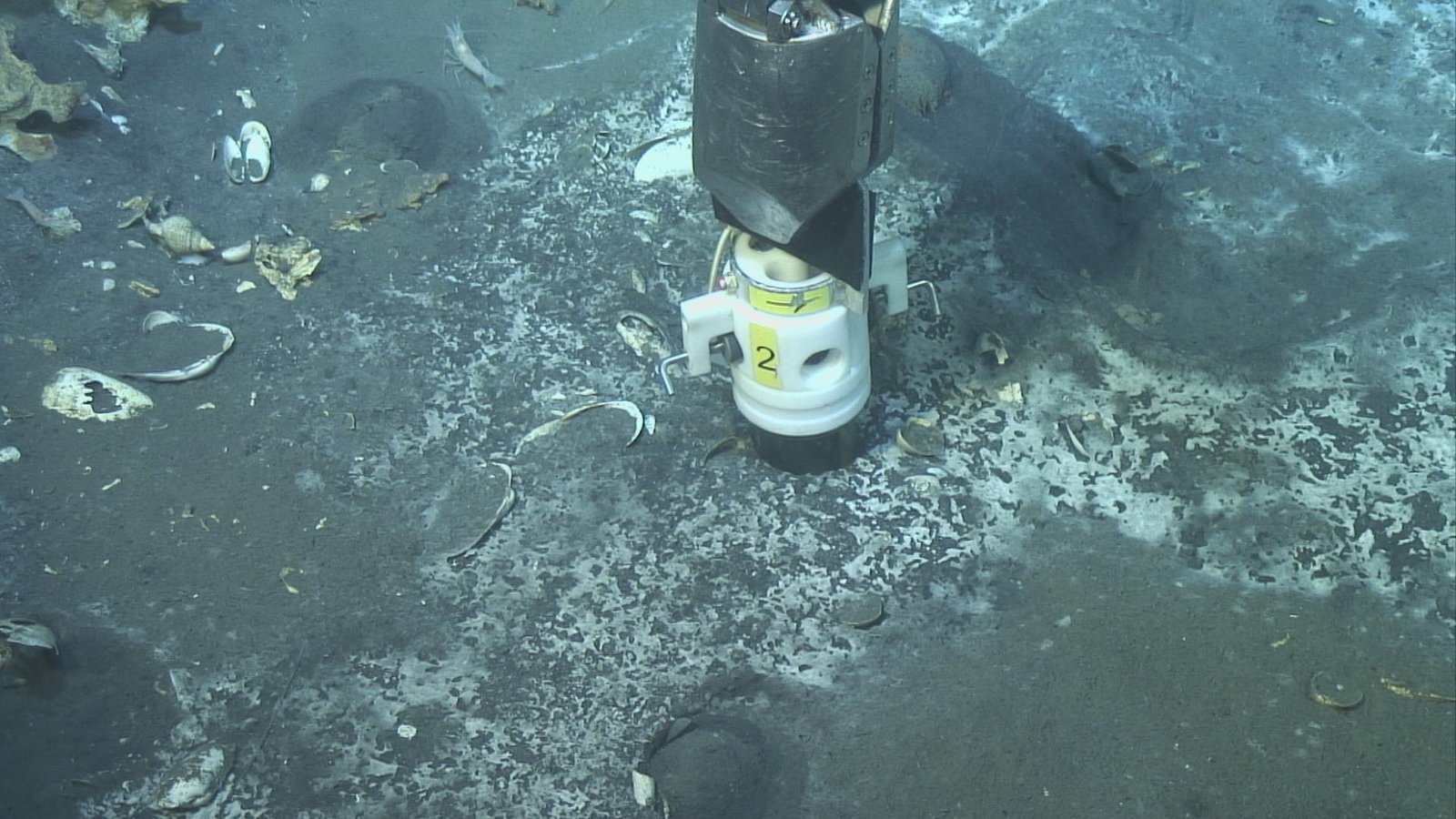
Today, scientists dive beneath the Baltic to collect sediment cores—long cylinders of mud and sand that act like time capsules. Layer by layer, these sediments reveal pollen grains, seeds, animal bones, and even microscopic traces of ancient fires. By studying these clues, researchers can reconstruct what the ancient meadows looked like, what plants grew there, and how quickly the sea advanced. Every scoop of mud brings a piece of lost history back to light, making the seabed beneath Copenhagen one of the world’s strangest archives.
Climate Change Then and Now
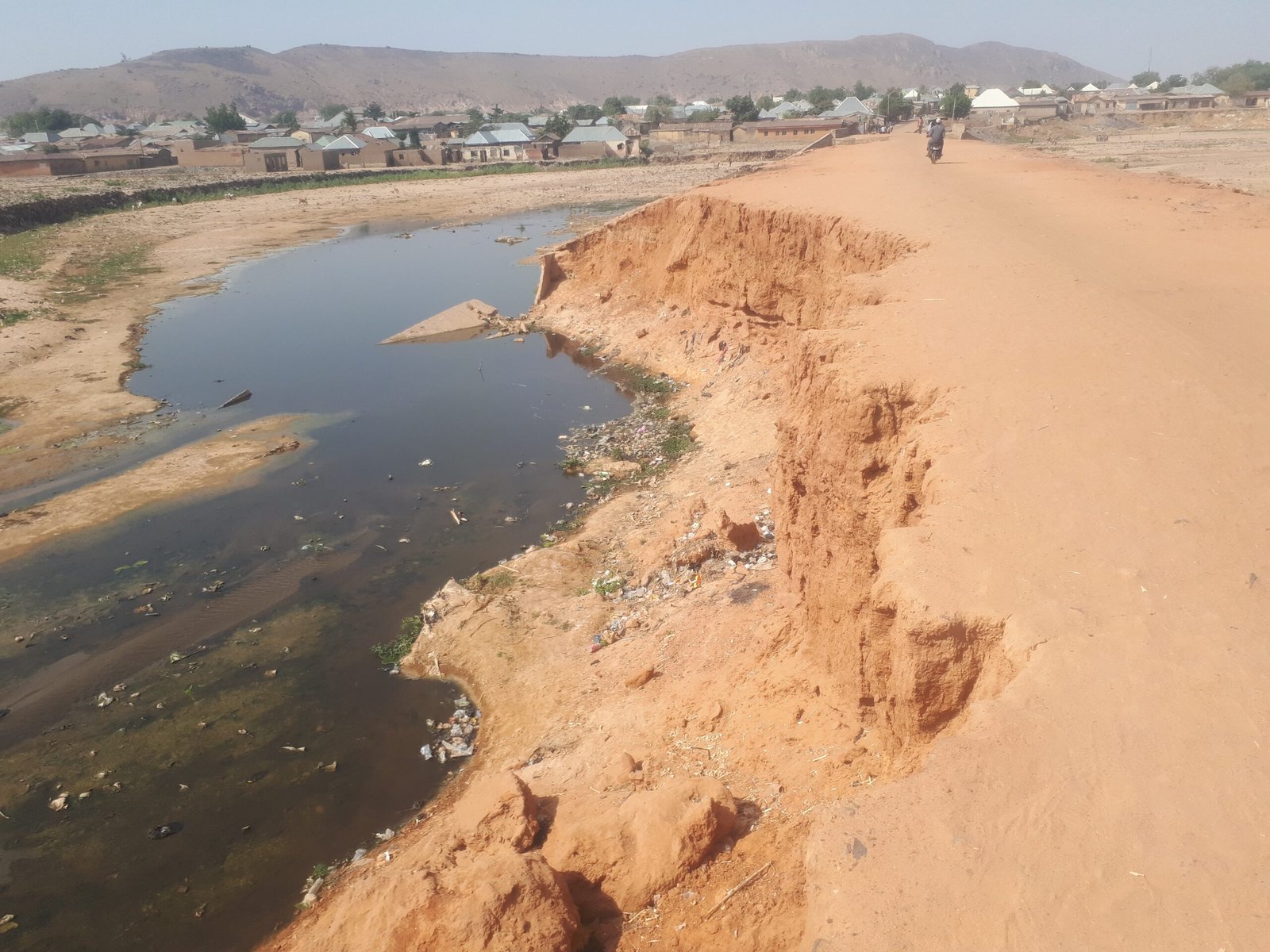
The story of Copenhagen’s submerged meadows is, at its core, a story about climate change. Natural shifts in temperature and weather patterns set the stage for the great transformation from land to sea. But while these changes took thousands of years, today’s climate is shifting at breakneck speed compared to the distant past. The lessons hidden beneath the Baltic serve as a stark warning: Earth’s landscapes are not as permanent as they seem. If the world could change so completely once, it could do so again—perhaps even faster.
The Baltic Sea: A Young Ocean
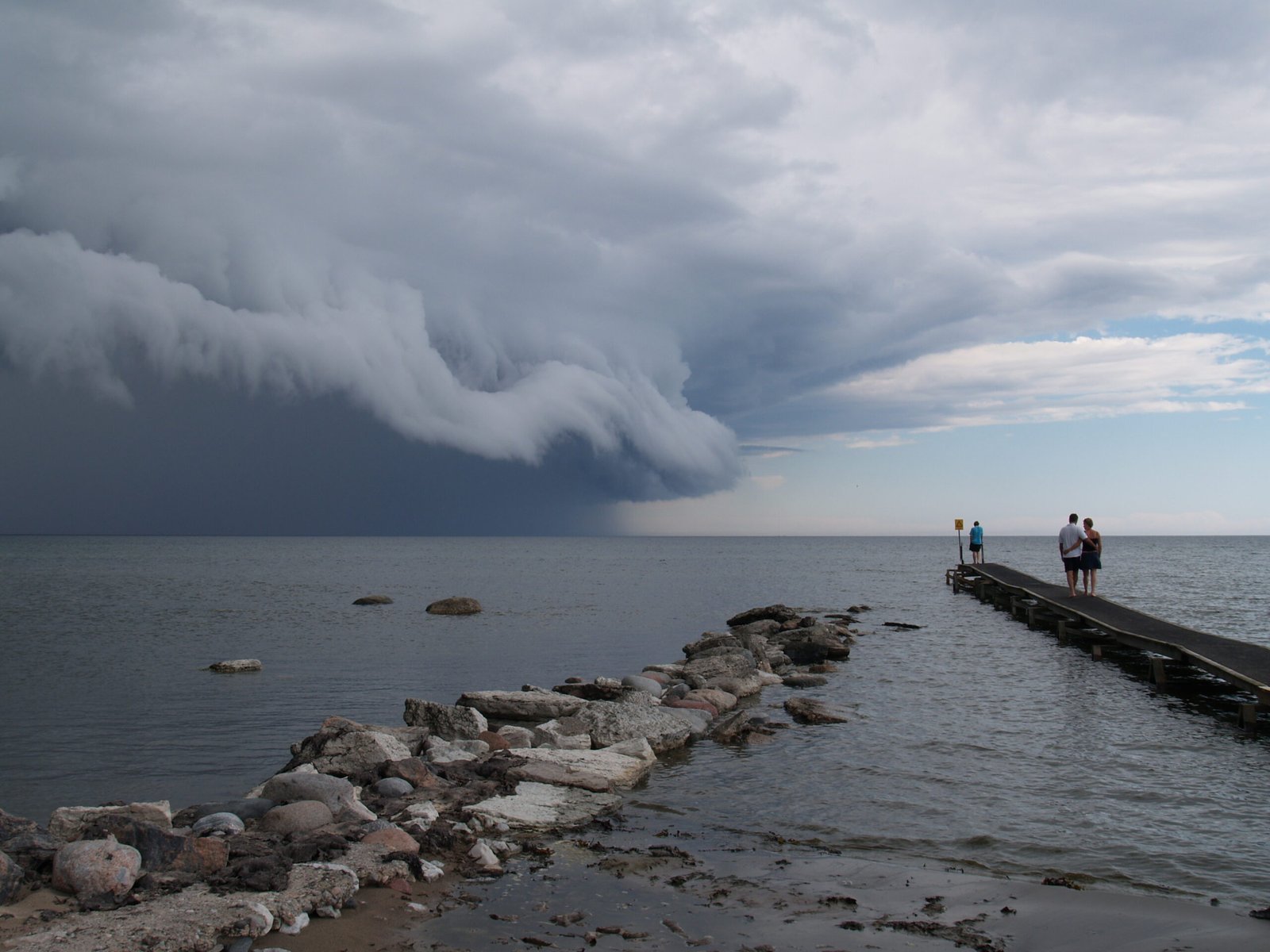
One of the most surprising facts about the Baltic Sea is just how young it is in geological terms. Unlike the ancient Atlantic or Pacific, the Baltic is less than 10,000 years old. It started as a huge freshwater lake—sometimes called the Ancylus Lake—before saltwater from the North Sea eventually flooded in. This relatively recent birth helps explain why so many remnants of the old meadows and forests are still preserved on the seafloor. The Baltic is still finding its balance between land and water, making it a living laboratory for scientists.
Peat Bogs and Sunken Forests
If you could dive beneath the waves near Copenhagen, you might find strange sights: tangled roots and trunks from ancient forests, or thick layers of peat formed in prehistoric wetlands. These underwater bogs are incredibly well-preserved, thanks to the cold, low-oxygen conditions at the bottom of the Baltic. Sometimes, divers even discover tree stumps standing upright, as if waiting for a long-lost sun to rise again. These sunken forests are a haunting glimpse of the world that once was, frozen in time just below the surface.
Lost Rivers and Vanished Valleys
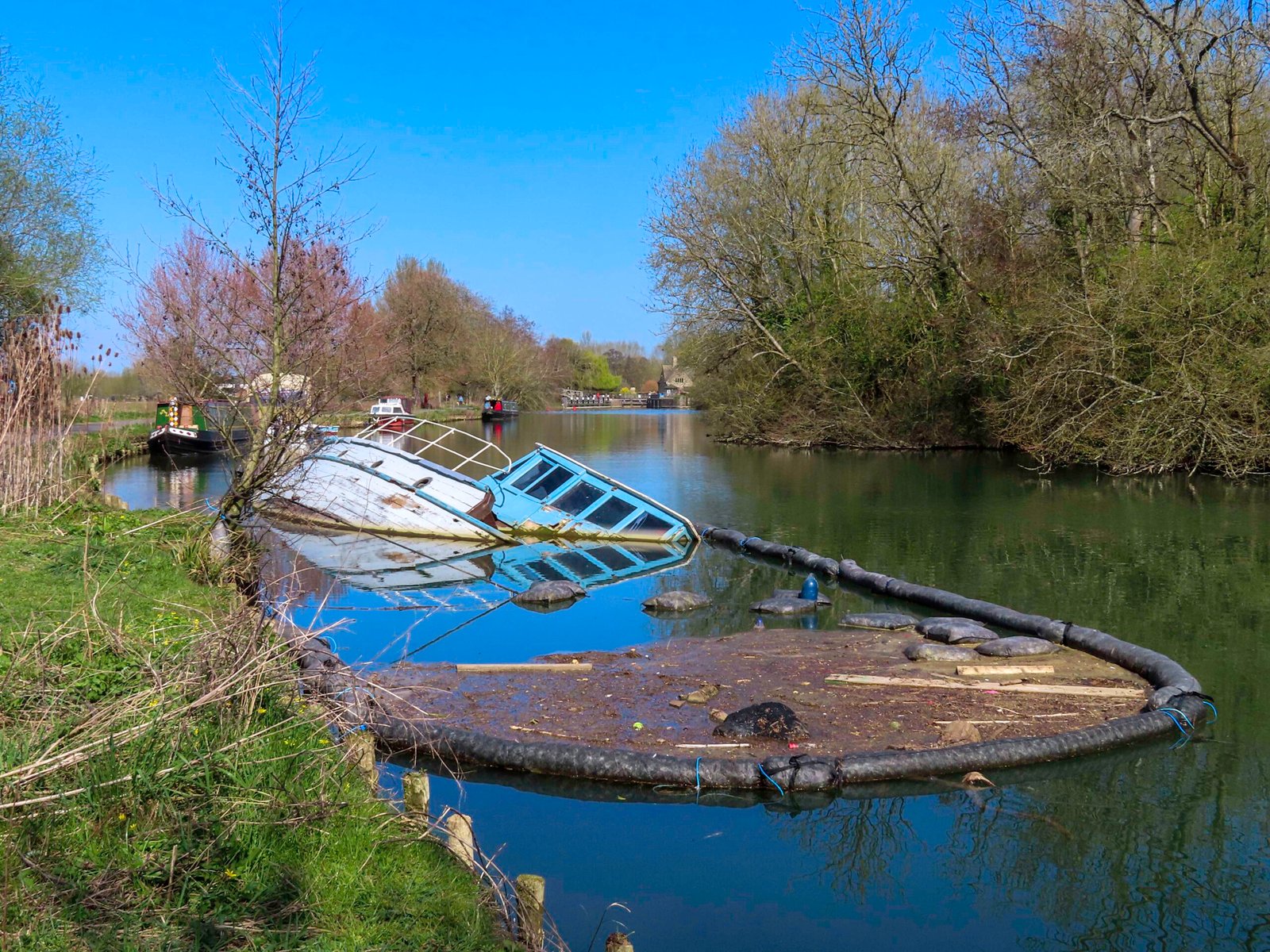
Before the sea swept in, a network of rivers and streams crisscrossed the land around present-day Copenhagen. Satellite images and sonar scans reveal their ghostly courses etched into the seabed, echoing the lost geography of the region. These buried rivers once supported rich ecosystems and may have guided both animals and people across the landscape. Their disappearance is a powerful reminder that Earth’s most familiar features can vanish almost without a trace, leaving only subtle hints for future generations to discover.
Remarkable Archaeological Discoveries
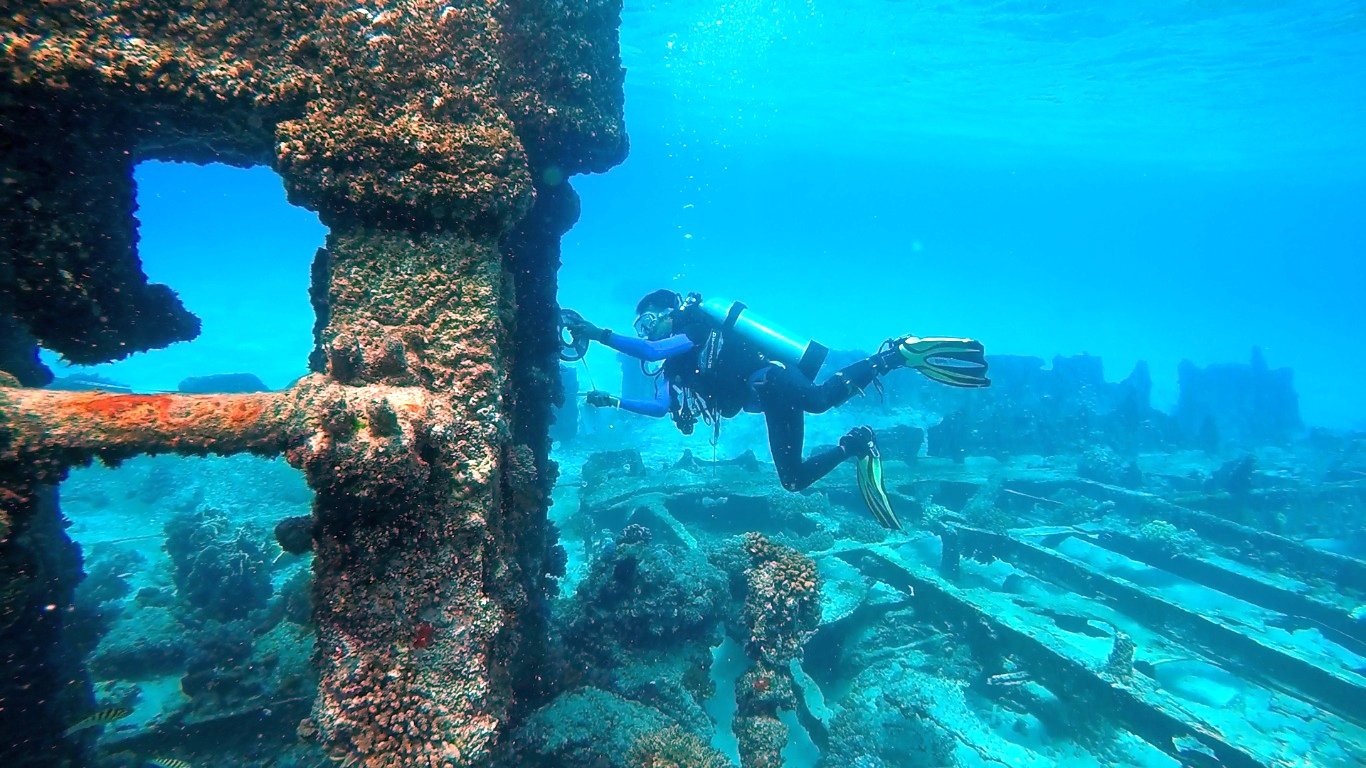
Every few years, a new discovery on the Baltic seafloor sends ripples of excitement through the scientific community. Ancient fish traps, carved wooden tools, and even fragments of pottery have all been found beneath the waves. Each artifact tells a story of adaptation, resilience, and survival in a changing world. These finds are not just relics—they’re voices from the past, reminding us that people have always had to cope with the unpredictable forces of nature.
Legends and Folklore of the Drowned Land
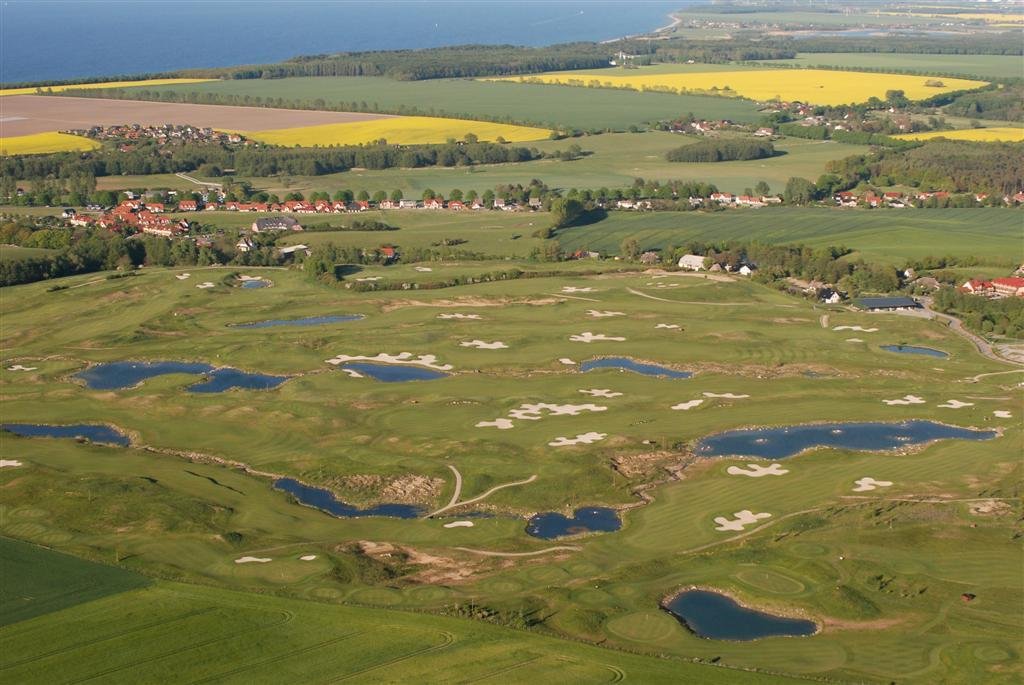
It’s no wonder that stories about lost lands and sunken villages echo in Danish folklore. Tales of cities swallowed by the sea, or meadows that disappeared overnight, have been told for generations. While these legends may seem fanciful, they often contain kernels of truth. The memories of real landscape changes, passed down through countless retellings, become woven into the fabric of a culture. These stories help people make sense of the world around them—and warn them not to take it for granted.
The Science of Submerged Landscapes
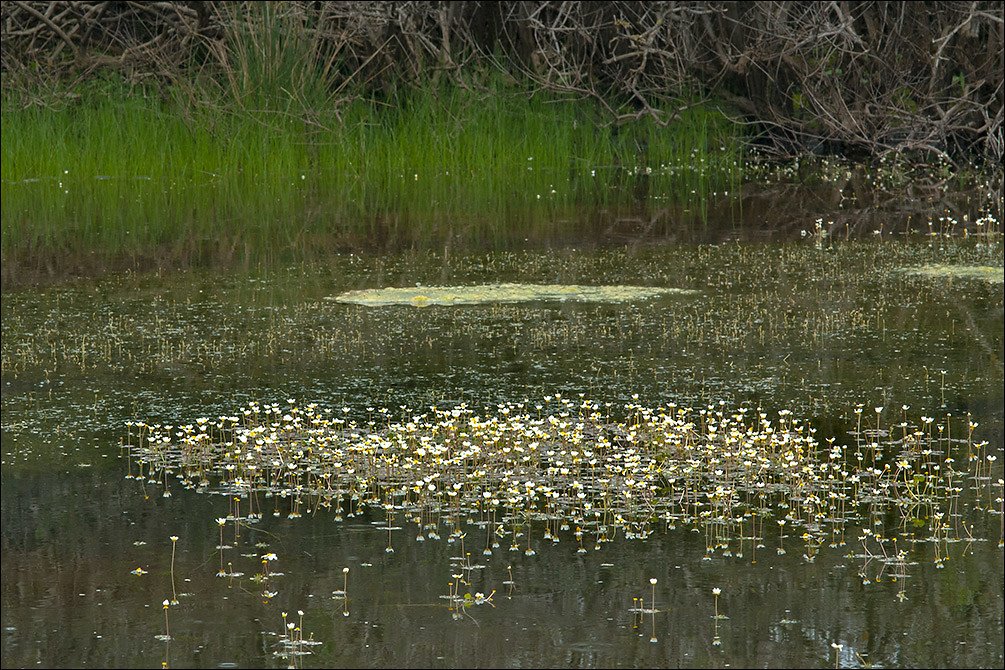
Studying lost meadows and drowned valleys isn’t just about nostalgia—it’s serious science. Geologists, biologists, and archaeologists all work together to piece together the puzzle of Copenhagen’s submerged past. They use high-tech sonar, underwater drones, and even ancient DNA to reconstruct what happened. These efforts are challenging, but incredibly rewarding, offering a window into a world that would otherwise be lost forever. Every discovery pushes the boundaries of what we know about our own planet.
Changing Coastlines: Nature’s Relentless Power
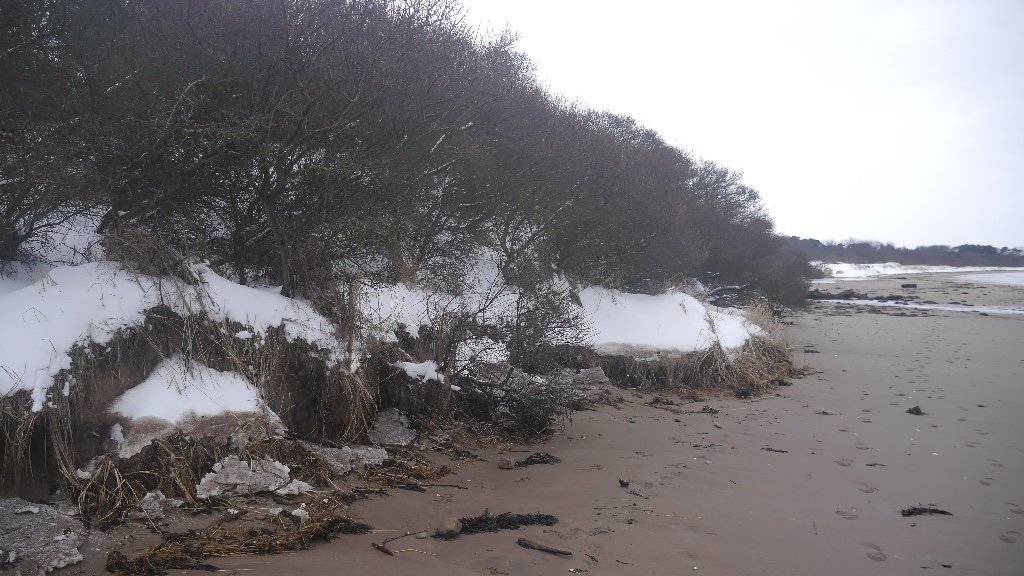
The transformation of the Baltic coastline is a dramatic example of how coastlines everywhere are constantly shifting. Erosion, sediment build-up, and fluctuating sea levels mean that no shoreline is truly fixed. For people living near the water, this can be both a blessing and a curse. New land is created as quickly as old land disappears, keeping communities on their toes. The story of Copenhagen’s sunken meadows is just one chapter in a much larger saga of change.
Modern Copenhagen: Built on Ancient Foundations
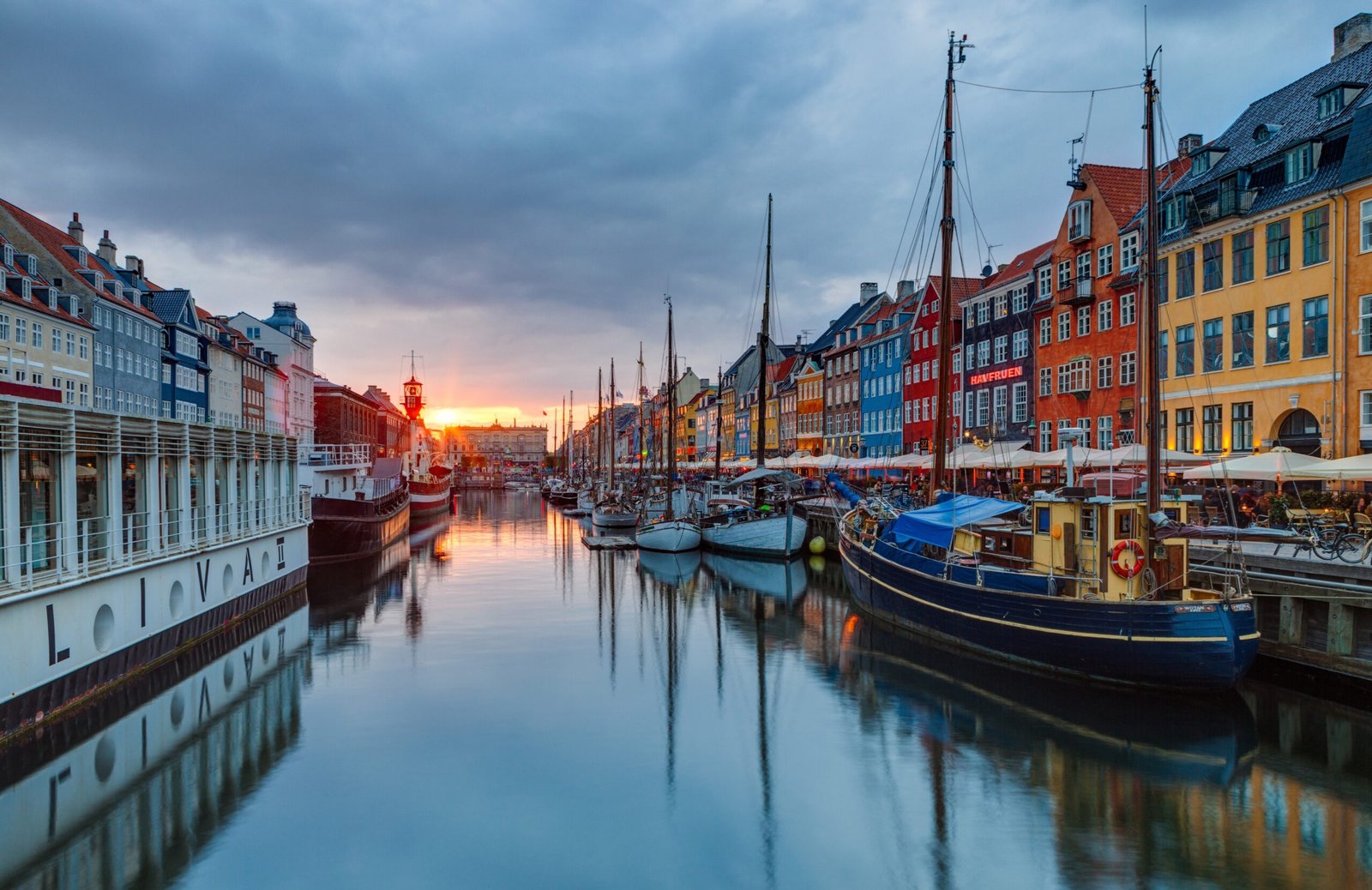
Today’s Copenhagen rises above land that was once part of a vast, windswept steppe. The city’s harbors and canals trace the outlines of ancient river valleys, while its parks and green spaces echo the lost meadows below. Even the city’s famous Little Mermaid statue gazes out over waters that once ran wild with bison and reindeer. By understanding these deep connections to the past, residents and visitors alike can appreciate the city’s unique place in the world—balanced on the edge of land and sea.
How Ancient Meadows Shaped Today’s Ecosystems
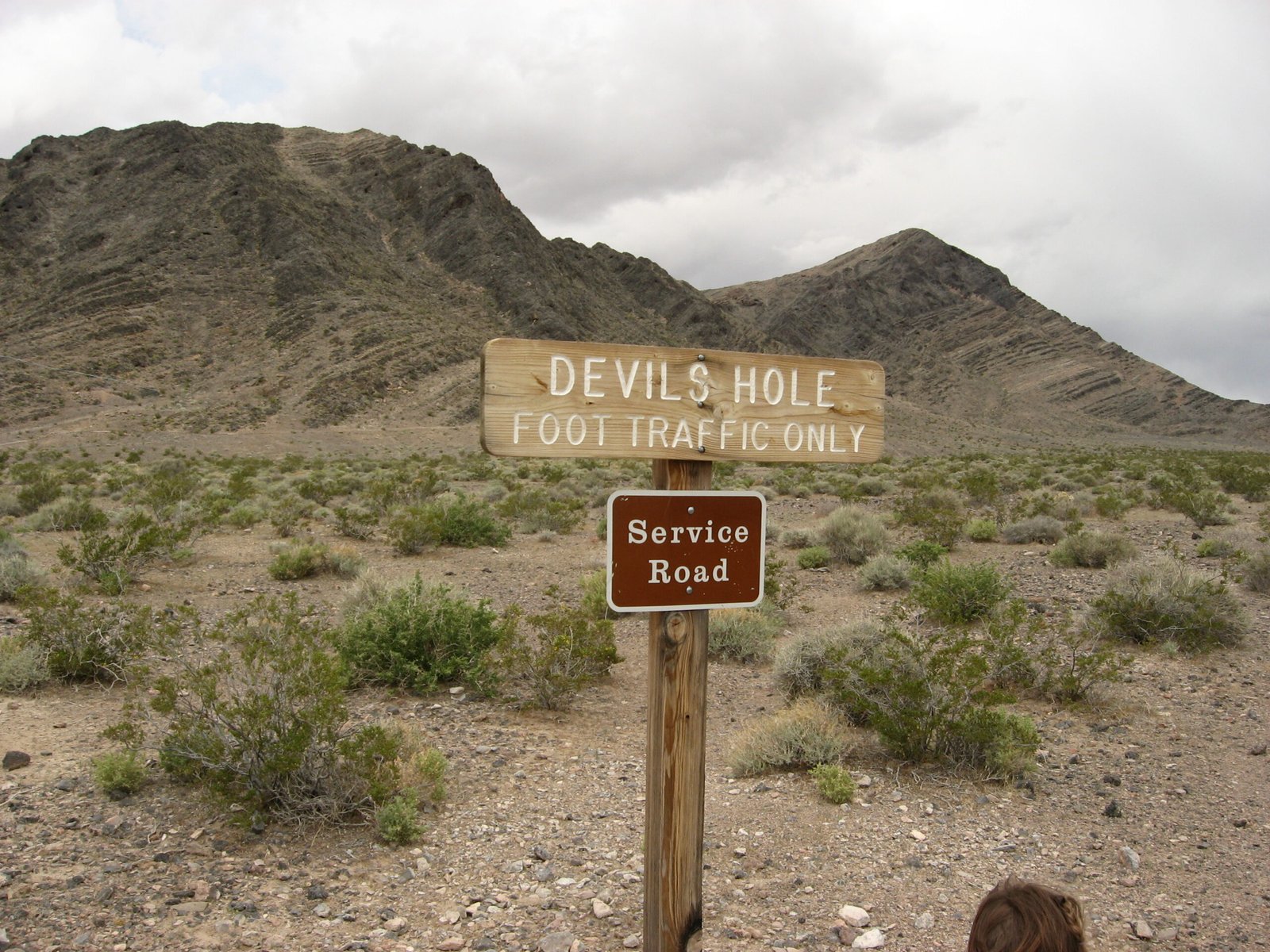
The buried meadows beneath the Baltic didn’t just vanish—they left a legacy that shapes today’s environments. Nutrients from ancient plants still feed the region’s marine life, while the contours of the old land influence currents and tides. Even the types of fish and birds found near Copenhagen trace their origins back to prehistoric times. These connections remind us that no ecosystem exists in isolation; every landscape is the product of millions of years of history, written in water and stone.
Lessons for the Future: Adapting to a Changing World
The story of Copenhagen’s submerged past isn’t just ancient history—it’s a blueprint for how humans can respond to changing environments. The people who once lived on the vanished meadows adapted to new realities, moving inland or finding new ways to survive. Their resilience is a powerful lesson for us today, as rising sea levels and shifting climates challenge communities around the globe. By learning from the past, we can better prepare for the future.
Underwater Exploration: Unraveling the Mysteries
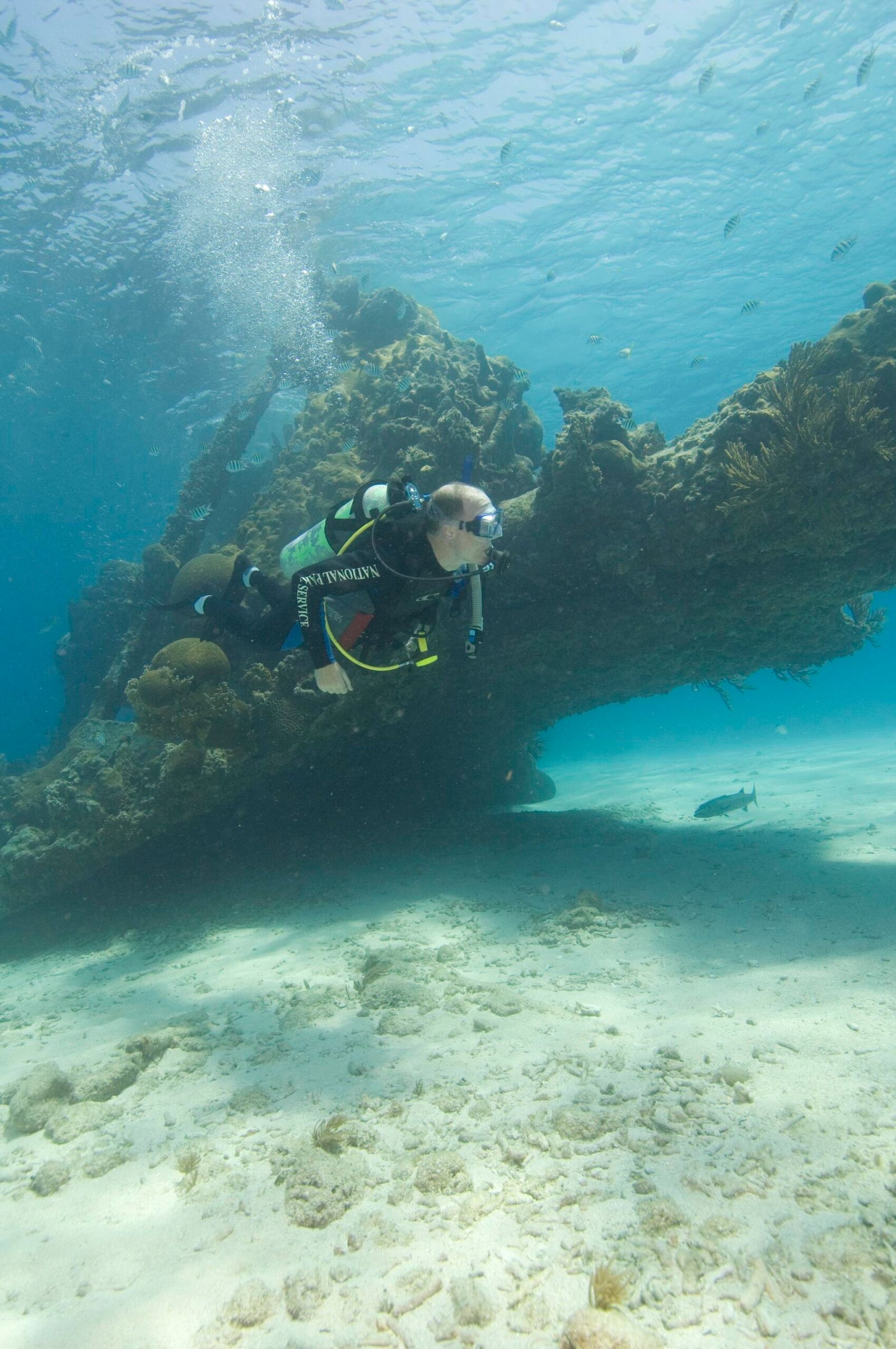
Exploring the Baltic’s hidden world is a challenge worthy of the boldest adventurers. Divers and scientists brave cold, dark waters to collect samples and map the seafloor. Sometimes, their finds are so well-preserved it’s as if time stopped the moment the land went under. Each new expedition brings more surprises and deepens our understanding of the region’s lost landscapes. The urge to explore, to solve ancient mysteries, is as strong today as it was for those first people who wandered the meadows.
A Living Memory in the Danish Identity

For many Danes, the knowledge that their capital city stands atop a drowned meadow adds a layer of wonder and pride to their national identity. It’s a story that connects modern life to the deep past, blending science, folklore, and personal memory. Museums, art, and even local festivals sometimes celebrate these ancient roots, keeping the memory of the lost meadows alive. It’s a reminder that history is not just in books—it’s underfoot, and sometimes, underwater.
The Unseen World Just Below the Surface
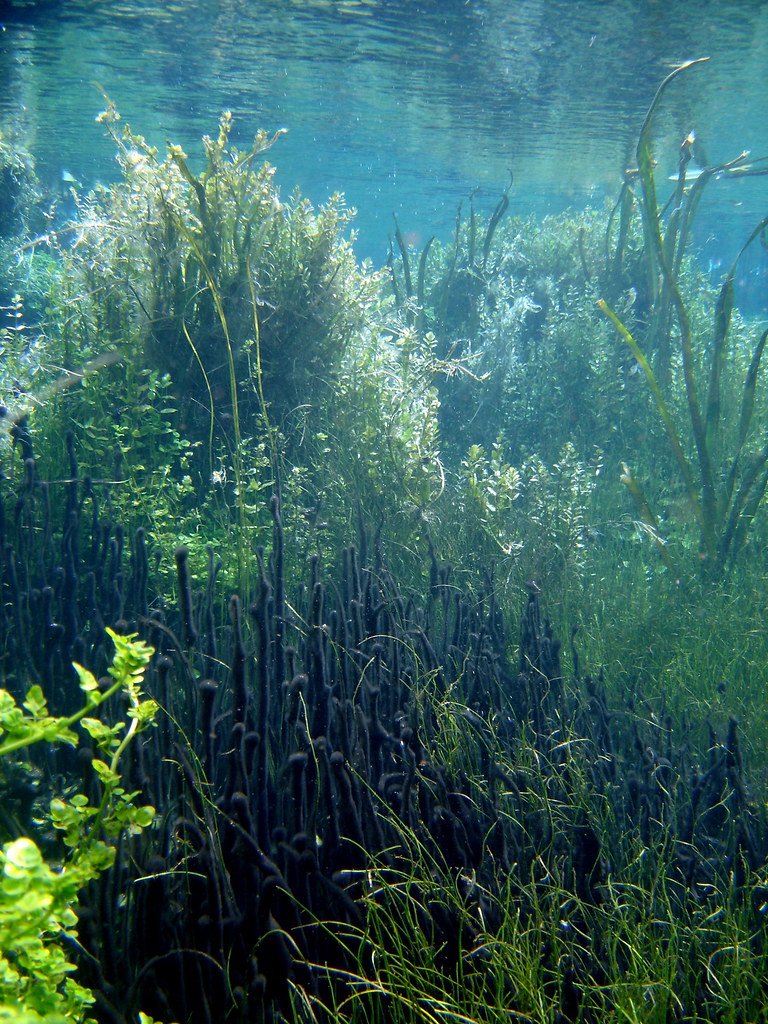
Walking along the Copenhagen waterfront today, it’s easy to forget the world that lies just out of sight. But every ripple, every gust of wind, is shaped by the vanished meadows beneath the waves. The next time you gaze out at the Baltic, try to imagine the grasses, the wild animals, and the people who once called it home. The hidden world below is still there, waiting to be remembered, full of secrets and stories yet to be told.

